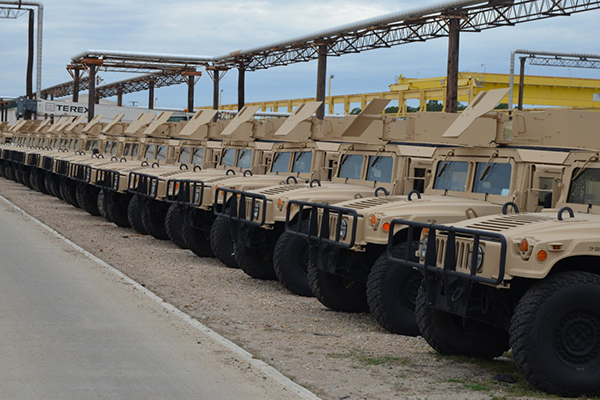
Workforce Solutions Northeast Texas – Regional Talent Retention & Economic Growth Strategy
Challenge
The Red River Army Depot (RRAD) has long been the single largest employer and a critical economic engine in the bi-state Texarkana region. In response to cuts in federal defense spending and Army downsizing, regional officials sought to prepare for what they anticipated would be further workload reductions and lay-offs at RRAD. Without aggressive action to support the expansion of existing firms or attract new employers, these skilled workers may be drawn to the broader job markets of neighboring metropolitan areas or to the boom in construction and oil and gas employment being experienced in South Texas and along the Gulf Coast at the time.
Response
To address this challenge, Workforce Solutions Northeast Texas engaged TIP Strategies under a Defense Industry Adjustment grant from the Pentagon’s Office of Economic Adjustment (OEA) to prepare a long-term economic strategy for retaining skilled workers and maximizing industry growth. The plan laid out a comprehensive approach to economic development that addressed talent, business development, infrastructure, and quality of place. It offered a blueprint for expanding business retention, expansion, and recruitment activities using a regional approach in order to leverage assets in multiple states. TIP sought input from an array of regional stakeholder groups, educational institutions, hospitals, utilities, chambers of commerce, and municipal governments. In addition to conducting interviews, roundtables, and workshops with these stakeholders, the project team gathered input from regional employers via a web-based survey distributed by the Texarkana USA Chamber of Commerce. An essential element of this project was understanding the skills sets and geographic reach of workers likely to be affected by a reduction in workload. Workforce figures supplied by RRAD were used to document the skills and work activities of the affected occupations and to identify industries likely to employ these workers. Finally, an estimate of the impact of a singular, substantial job loss at RRAD was prepared using input-output modeling.